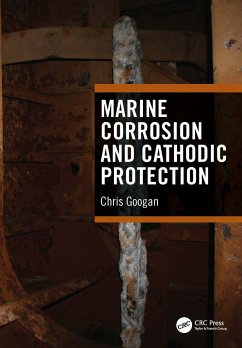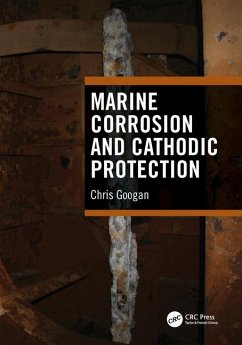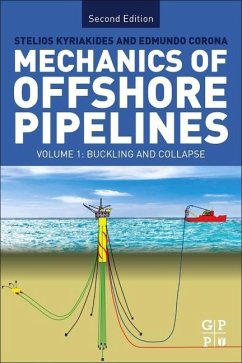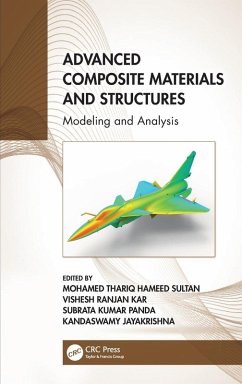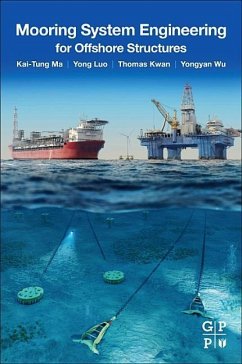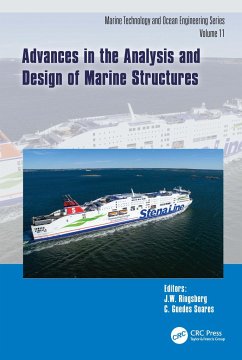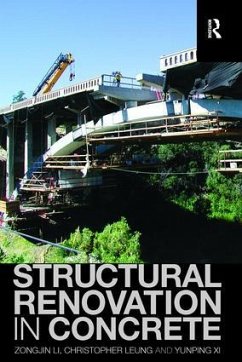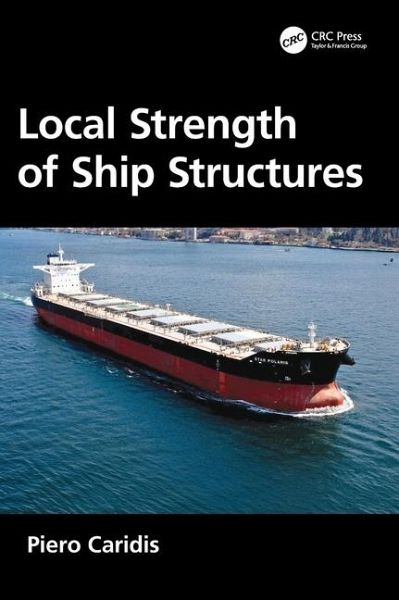
Local Strength of Ship Structures
Versandkostenfrei!
Versandfertig in 6-10 Tagen
171,99 €
inkl. MwSt.
Weitere Ausgaben:

PAYBACK Punkte
86 °P sammeln!
Ship structures can be extremely large, and their structural arrangements are often complex and of a considerable variety. Local Strength of Ship Structures examines the basic aspects of ship structural analysis and design using mathematical tools, with an emphasis on an understanding of the physics of the behaviour of these structures. A fundamental understanding of these concepts is essential to use computer based tools effectively. In addition to mathematical models, reference is made to test data that have been obtained over many years and used to gain insight into ship structural behaviou...
Ship structures can be extremely large, and their structural arrangements are often complex and of a considerable variety. Local Strength of Ship Structures examines the basic aspects of ship structural analysis and design using mathematical tools, with an emphasis on an understanding of the physics of the behaviour of these structures. A fundamental understanding of these concepts is essential to use computer based tools effectively. In addition to mathematical models, reference is made to test data that have been obtained over many years and used to gain insight into ship structural behaviour.
Features:
Provides an introduction to local ship strength problems, structural arrangements and the different types of materials used in ship constructionExamines the fundamentals of engineering mechanics with a particular focus on marine structure problemsCovers the basics of ship structural analysis and design using mathematical tools
Features:
Provides an introduction to local ship strength problems, structural arrangements and the different types of materials used in ship constructionExamines the fundamentals of engineering mechanics with a particular focus on marine structure problemsCovers the basics of ship structural analysis and design using mathematical tools






